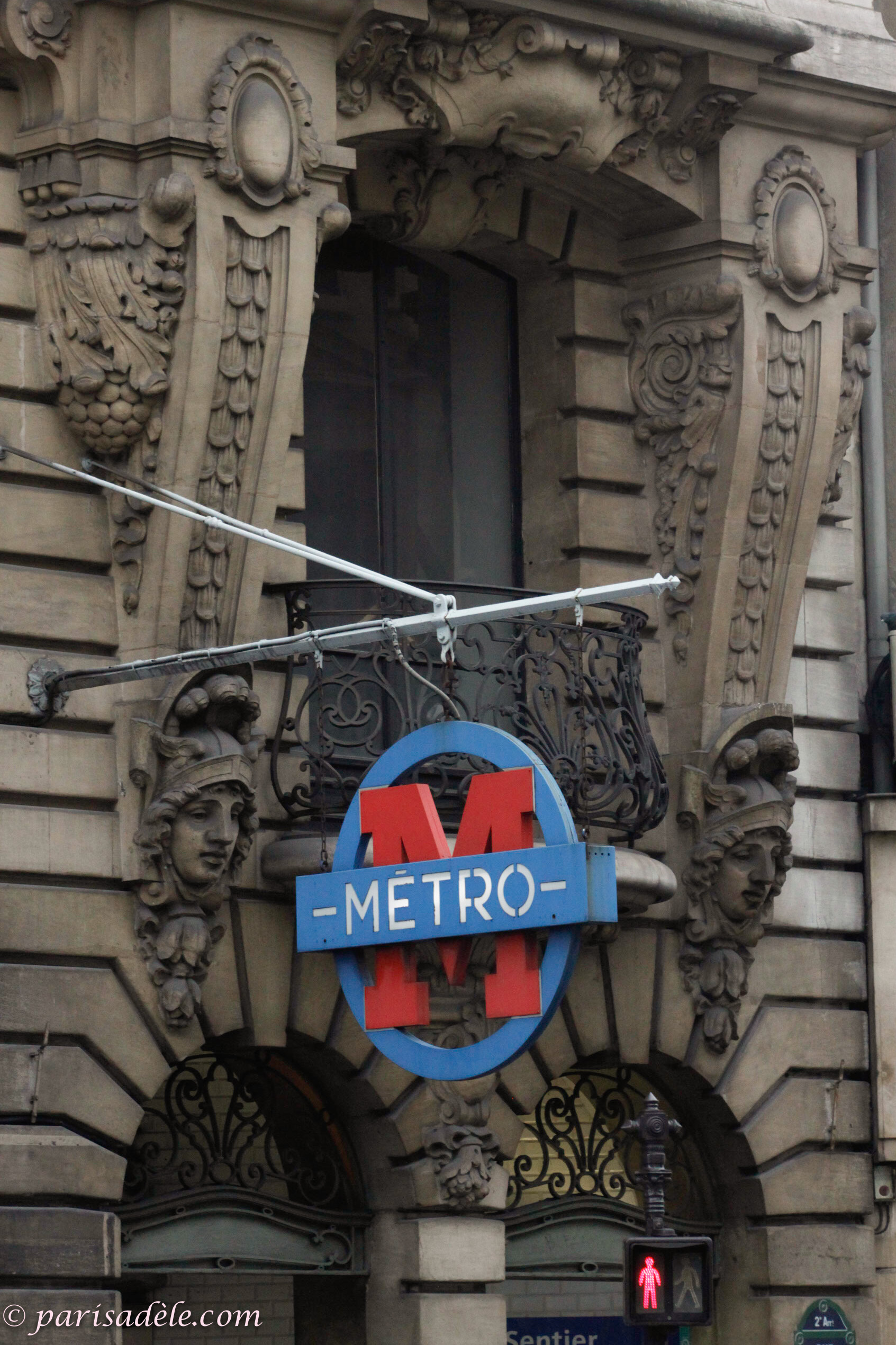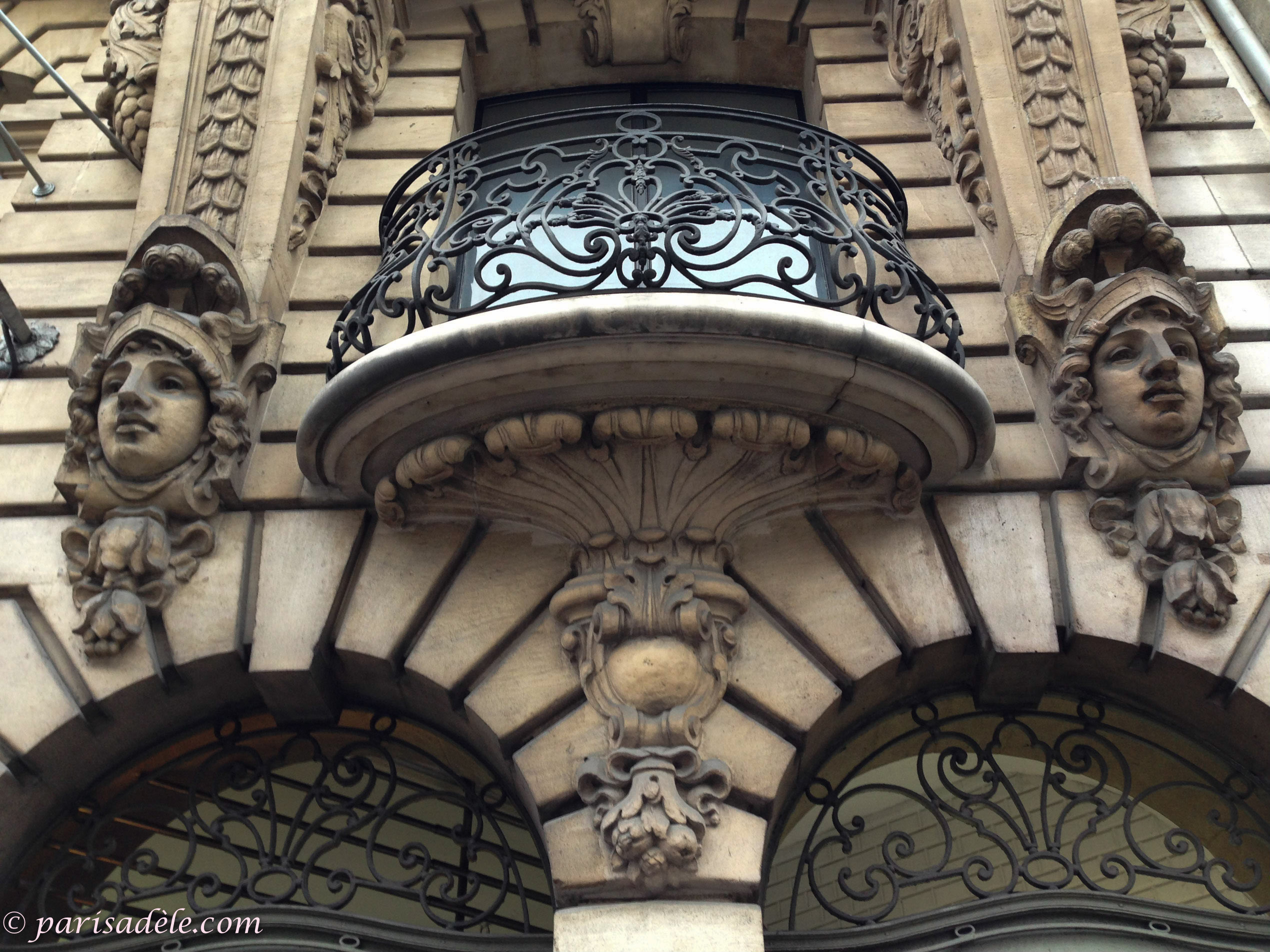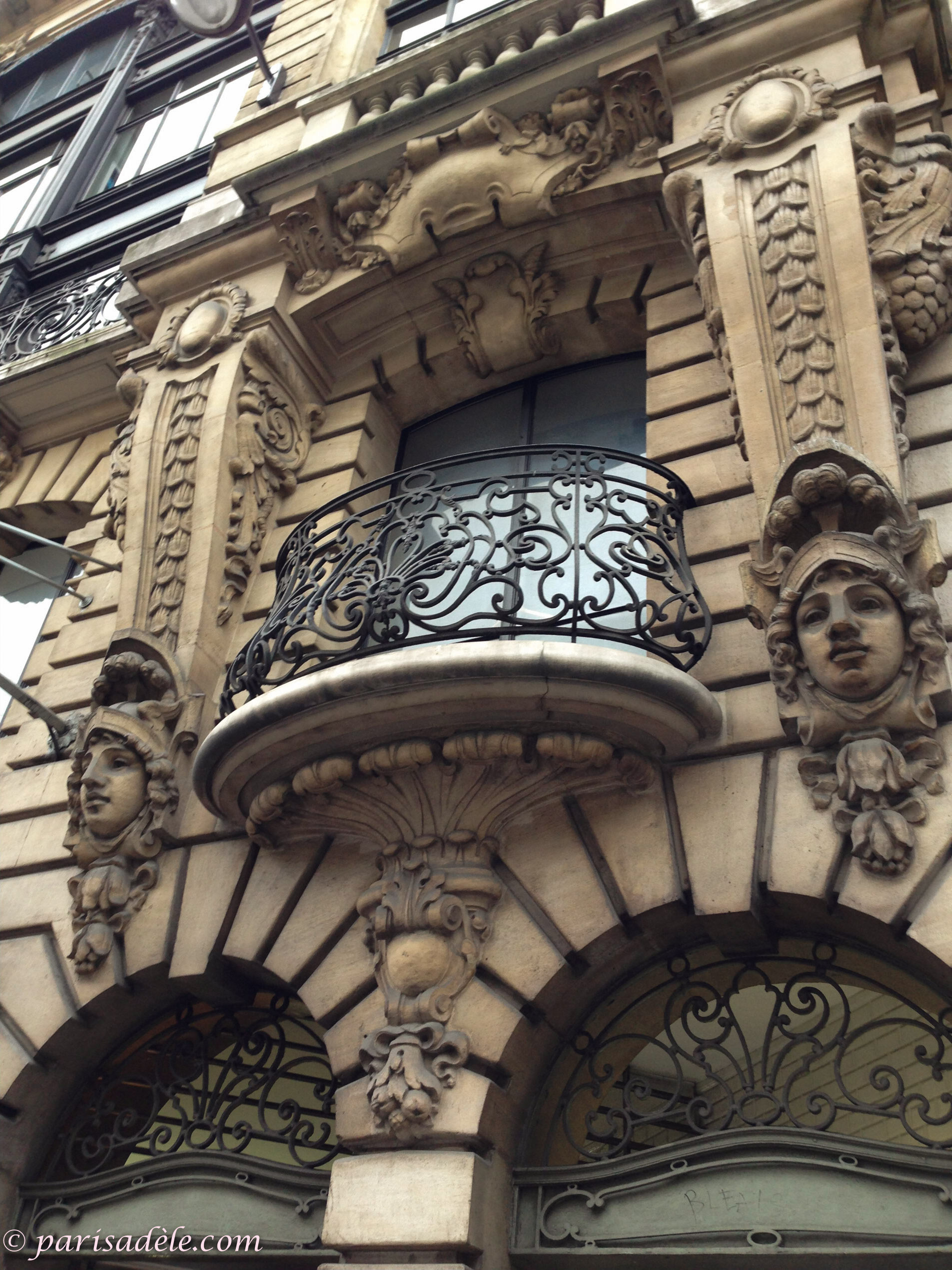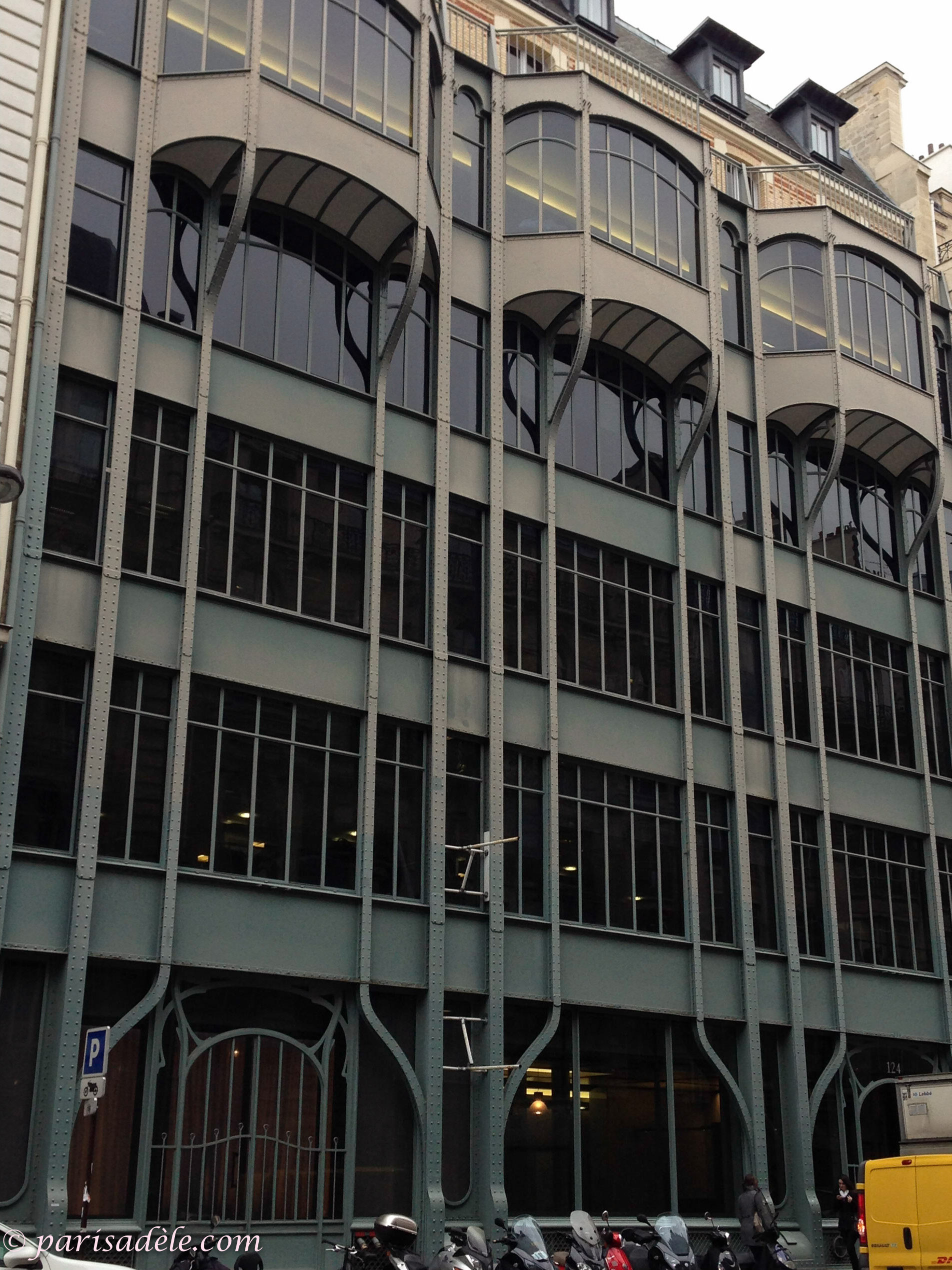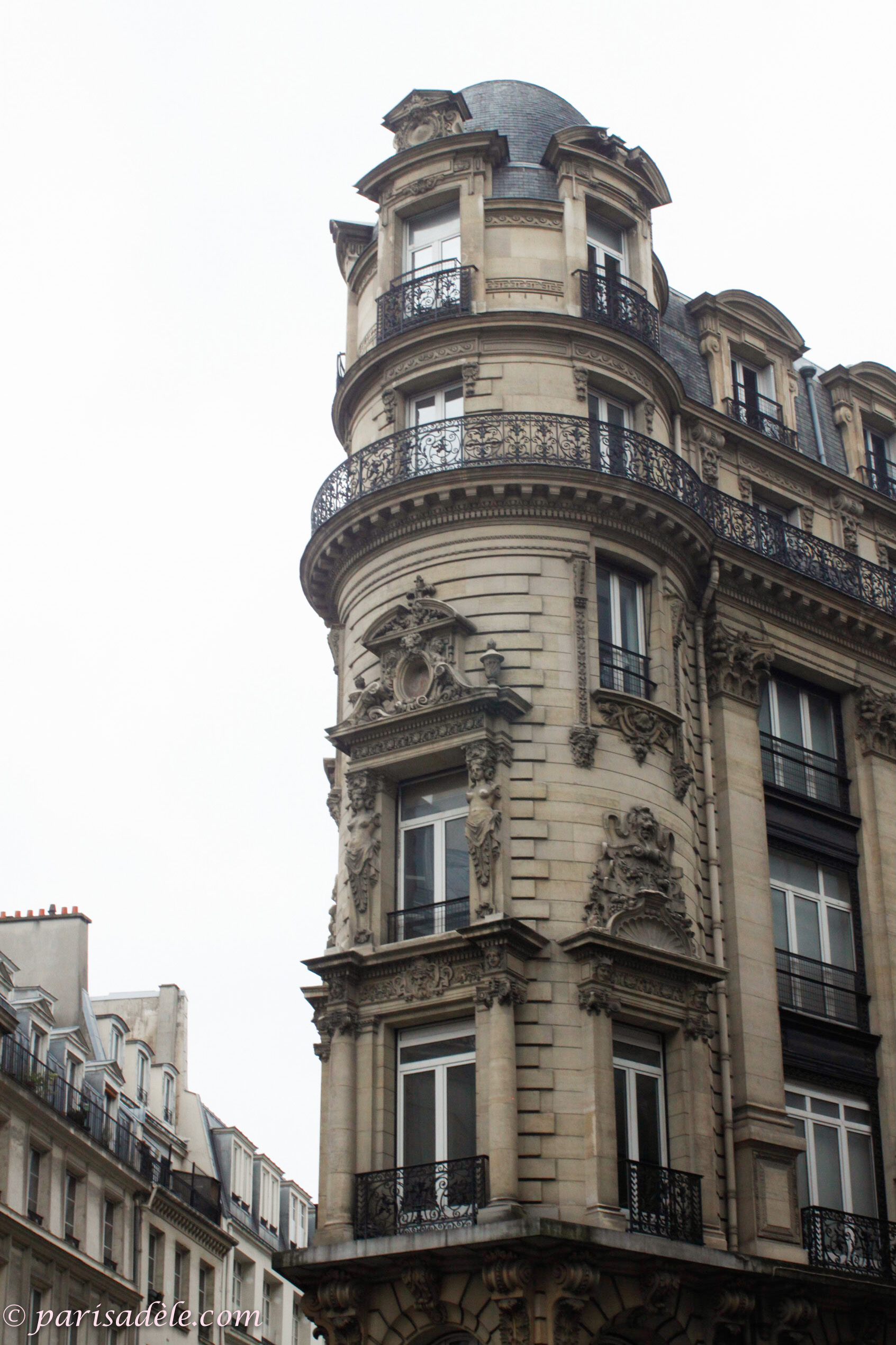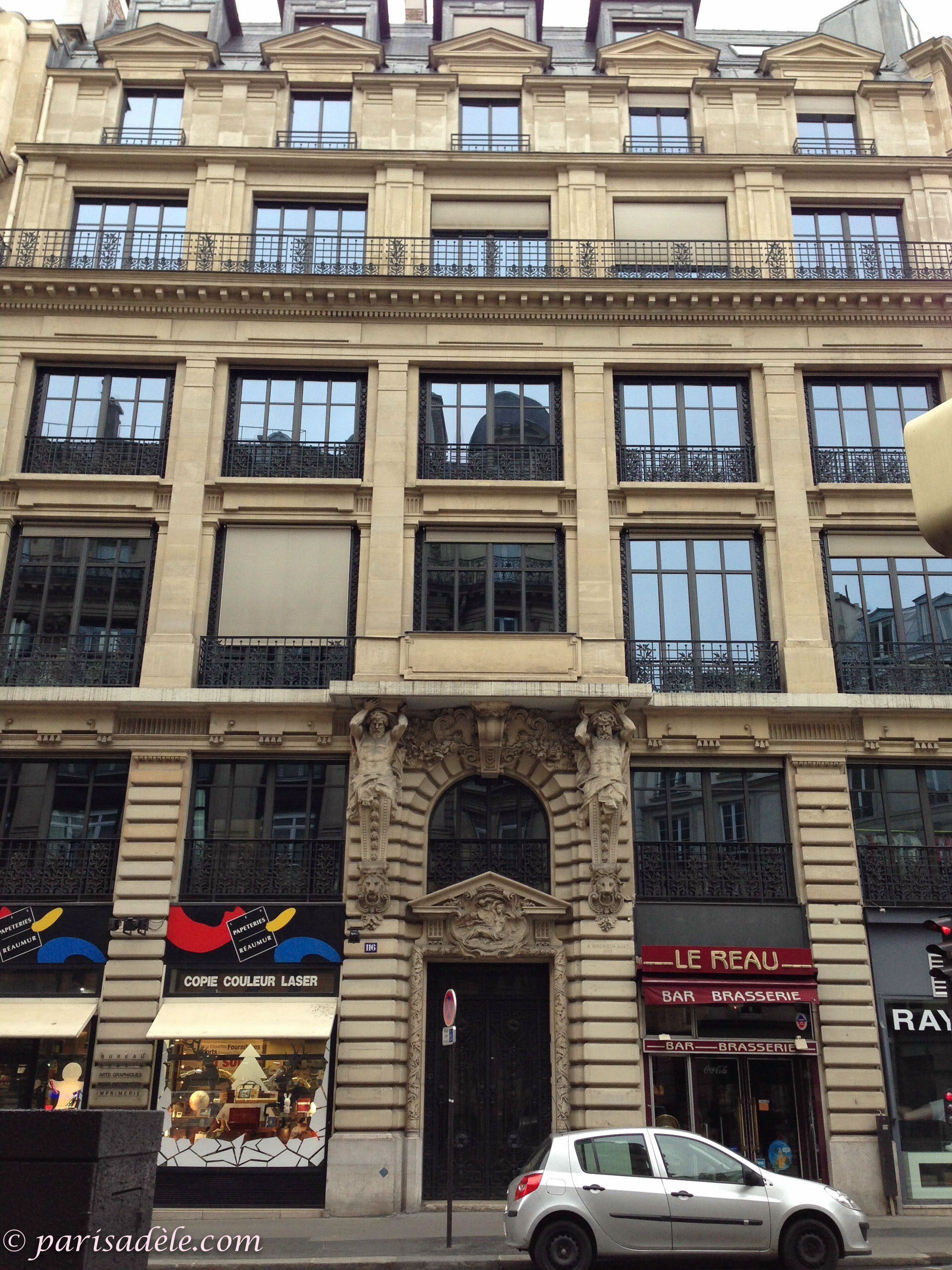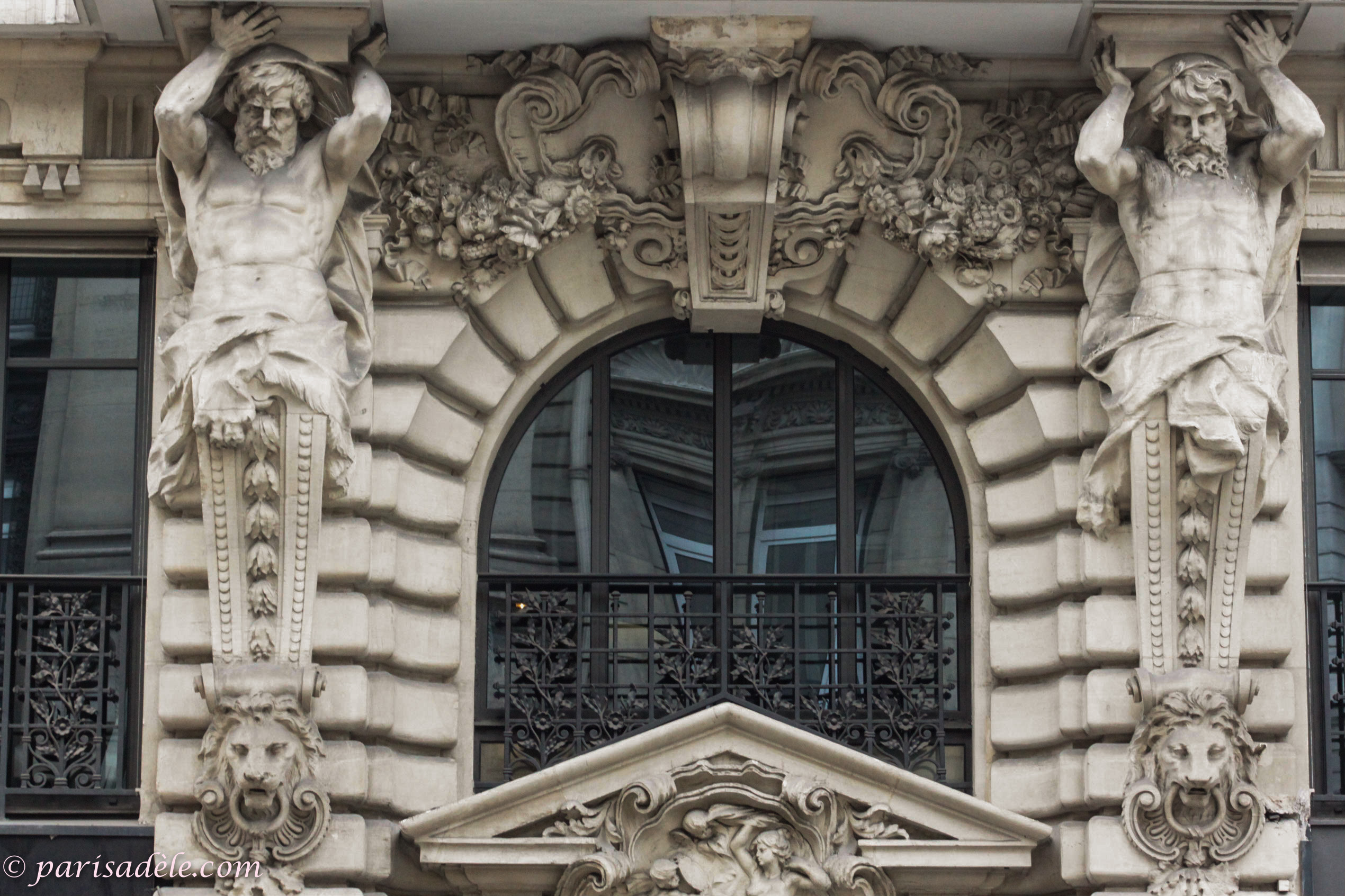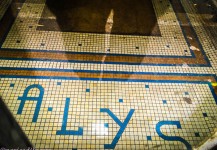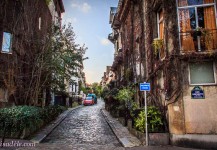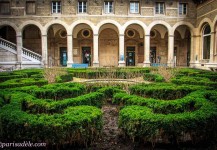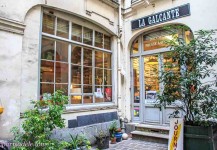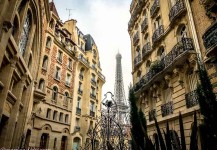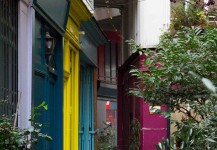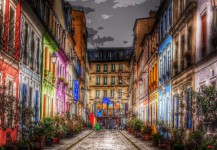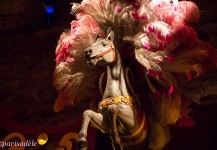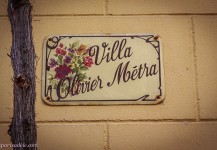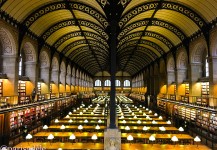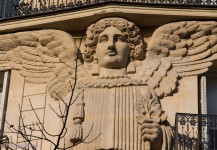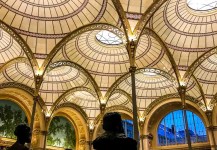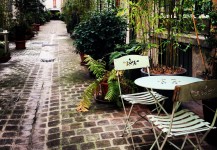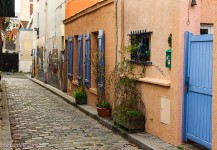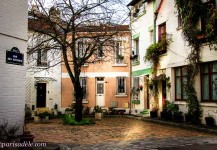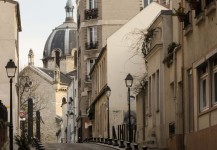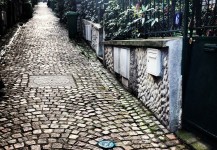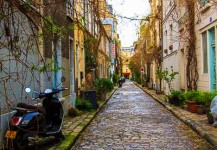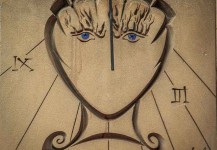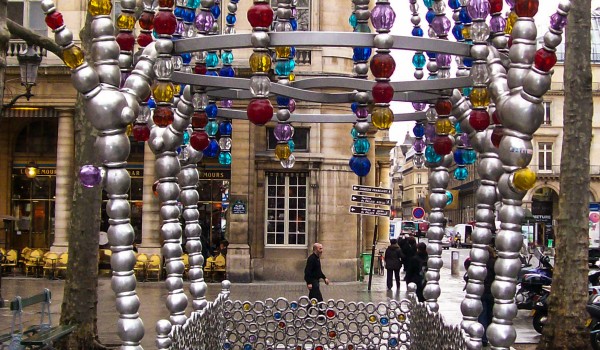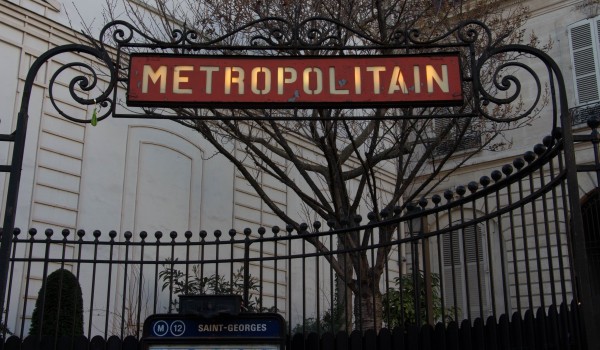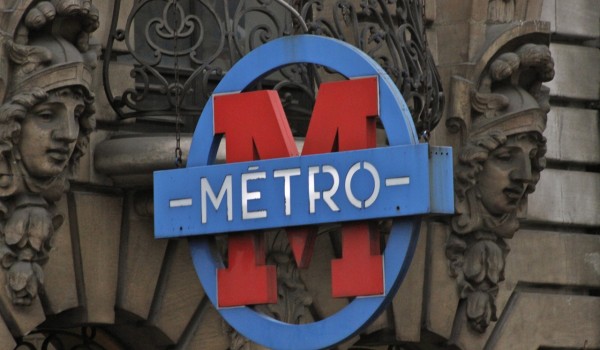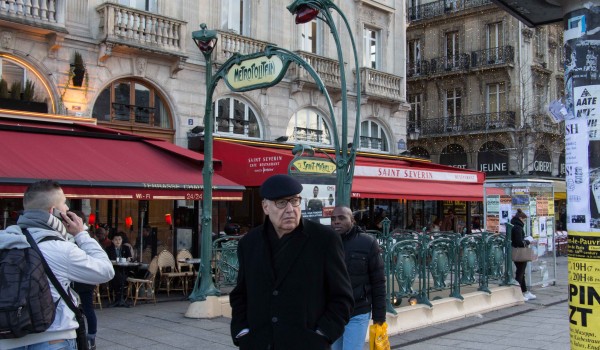Sentier Métro
It is unique, one of kind.
You will not find a façade or Métro signage like this anywhere else in Paris.
Situated at number 97 Rue Réaumur, Sentier is unique for a couple of reasons. It is one of the few Métro stations to be incorporated into a building and has its own, very unusual signage.
The building was built in 1900, but it was not until 1904 that Sentier Métro became part of the façade and the underground station below.
Named after the trail that lead to the fortifications of the city.
Sentier meaning trail or path.
Metro stations, facades and entrances have evolved over time and changed with fashion and practicality. This unusual blue and red signage came about around the 1940’s when Hector Guimard’s elaborate, Art Nouveau entrances were considered old fashioned.
Although the train company used this distinctive red and blue emblem on their maps and advertising, only two of this type of signage was ever manufactured.
One for Denfert Rochereau which was unfortunately destroyed and the other for Sentier. The only surviving sign of its type.
Rue Réaumur is lined with monumental buildings and the magnificent façade at number 97, that provides an entrance to the metro and an anchor to hold the Métro signage is yet another fine example along this street.
Decorative iron work adorns the recessed windows and curved balconies and the ornamental stone work designed by architects Ph. Jolwald and Ch. Devillard, in 1900, is nothing short of spectacular.
Taking a metro ride to Sentier can be incorporated with a visit, along the same metro line to Pere Lachaise Cemetery, the newly renovated pedestrianised square of Republique and the Paris Opera House; Palais Garnier.
Or simply stroll along Rue Réaumur to admire the magnificent architecture.
Many of the buildings along Rue Réaumur were built for industry and commerce, including textiles and printed press.
The large windows that you can see here were designed to allow the light to flood into the large warehouses.
I have researched in vein to try to discover why only two of these signs were made. This is the only explanation that I can come up with.
The Métro signage must be loud and clear for all to see in a distance.
The Hector Guimard, canopied structure would have been futile, as there was no street entrance for it to sit above. The totem pole type of signage would have seen a lone pole in the middle of the footpath and perhaps the yellow ‘M’ came later and would not have been visible enough against the beautiful building where it needed to hang.
For whatever reason it was, one thing is for certain, it has left us with one unique, mysterious Métro sign to gaze at in wonderment.
If you have found this information interesting or useful, please leave a comment or follow me on facebook for daily tips, photos and anecdotes, your feedback encourages me to keep this site up to date. Merci!
Paris Adèle’s Information Nécessaire:
Sentier Metro 2nd ArrondissementDiscover Paris Adèle’s Secrets :
- Belle Époque BrothelsLavish brothels dotted around Paris during the Belle Epoque were easily identifiable, some relics exist today, if you know what to look for.
- Square de MontsourisA hidden jewel, begging to be discovered. Eclectic maisons wrapped in greenery, unseen by most tourists to Paris.
- Secret Garden Hôpital Hôtel-DieuA secret garden in an unusual location, right in the centre of Paris that thousands of tourists pass by each day without knowing it exists.
- La GalcanteVintage periodicals and books fill this small quirky, off the beaten path shop in a secluded courtyard where you may find the perfect Parisian souvenir.
- Lavirotte Building and Square RappExquisite Art Nouveau building with one of the most beautiful doors in Paris & a tiny square that offers a stunning view of the Eiffel Tower.
- Passage de l’AncreWho would know a delightful, tranquil little piece of paradise could be hidden away behind an unassuming crooked doorway in the heart of Paris.
- Rue CrémieuxA tiny paved street, that oozes charm, lined with pretty colourful houses that will take your breath away, still one of Paris' best kept secrets.
- Musée des Arts ForainsTransport yourself back in time. Ride spectacular antique carousels, play ancient fair-ground games and admire colourful memorabilia.
- Villa Olivier-MétraPretty cottages with colourful shutters line this serene leafy path with quaint personal touches added by residents who have a playful sense of humour.
- Bibliothèque Sainte-GenevièveA remarkable and historic reading room with its spectacular ceiling, books lining the vast long walls and rows of green reading lamps.
- St. Sergius Orthodox Theological InstituteHidden away on a leafy hill is the oldest Russian Orthodox Theological Institute in Western Europe.
- Restaurant Foyer de la MadeleineLurking deep in the cellars of L’église Sainte-Marie-Madeleine is one of Paris' best kept secrets, Restaurant Foyer de la Madeleine.
- An Angel in ParisSoaring high above, with it's delicate wings nestled under a fourth floor balcony and yet remarkably this rare Paris secret often goes unnoticed.
- Bibliothèque RichelieuMillions of books line the walls of this historic library under monumental ceilings and finally, it is open to the public.
- The Secret PassageThis lush and adorably sweet top secret passageway is a pure delight. Let me show you where to find it and how to gain entry. But sssh ... it's our secret.
- Passage BoudinCreeping vines, colourful flower boxes and an unusual semi-circular building that would be more at home in the Mediterranean is just some things you will find.
- Cité FloraleA secret micro village hidden away, in a small pocket, off the beaten path in the 13th arrondissement of Paris. Discover why it is called the Floral City.
- La Butte aux CaillesA secret hideway with cobbled streets, a sweet village square, interesting street art and friendly, affordable cafés, tucked away in the 13th arrondissement.
- Rue de MouzaïaOff the beaten path, Rue de Mouzaia will make you feel blessed that you discovered this secret hideaway and it’s surrounds in the 19th arrondissement.
- Rue des ThermopyleApart from locals taking a short-cut, or Parisians on a quiet stroll, what you will find here is a wisteria filled, rustic cobbled pathway.
- Square Saint-Gilles Grand VeneurHidden away behind the Hôtel du Grand Veneur in the Marais is a little known secret square with a surprising artistic connection.
- Salvador Dali SundialMany people pass this hidden gem by Salvador Dali tucked away on the Left Bank of Paris unaware that they only need to look up.
More Metro Stations of Interest:
- Palais Royal-Musée du LouvreThe jewel of Place Colette. Murano glass beads and aluminium make up this colourful metro entrance to celebrate the centenary of the Metro.
- Saint-Georges MétroOpposite the stunning l'hôtel de la marquise de Païva, with it's intricate façade, adorned with Gothic and Renaissance statues you will find the unique Saint-Georges métro entrance.
- Sentier MétroThe unique and striking blue and red signage of Sentier Métro, suspended from a spectacular façade on Rue Réaumur is the only surviving sign of two ever produced.
- How to Use the Paris MetroLearn how to use the Paris Metro and look like a local. Detailed tips on how to purchase tickets and navigate the underground.
- Porte Dauphine MétroSitting in a lush green park, the Hector Guimard canopied beauty of Porte Dauphine would have to be the prettiest Métro entrance in all of Paris.


